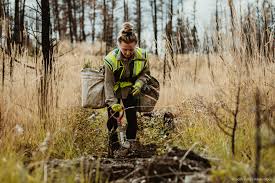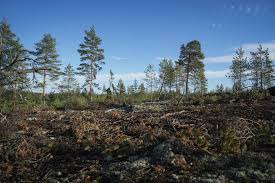The EU adopts its new Nature Restoration Law

Following a final vote yesterday at the Environmental Council, the EU has just adopted its new European Restoration Regulation. This unique new piece of legislation will be the first to set legally binding restoration targets for the long-term recovery of nature in Europe. Its overarching objective is to restore 20% of EU’s degraded ecosystems by 2030 and all by 2050, also adding time-bound targets for specific ecosystems, habitats, and species.
The EU Nature Restoration Law builds upon current EU environmental policies, including the Birds and Habitats Directives, and actively encourages synergies with EU climate policies. Restoring our nature will also contribute to the EU’s climate commitments, enhance food security, promote ecosystem services, and meet the Union’s international commitments.
IUCN applauds the EU Council’s decision on the Nature Restoration Law. It was an important and necessary step in the direction of halting ecosystem degradation and biodiversity loss in Europe while simultaneously increasing the resilience of EU economy”, said Boris Erg, IUCN Regional Director for Europe, and he added: “IUCN is committed to deploying its knowledge and expertise to EU Member States to put the law into practice at scale and pace.

It aims to restore 30% of terrestrial, coastal, freshwater, and marine ecosystems to good condition by 2030. In forest and agricultural areas, Member States are required to put in place restoration measures to enhance several biodiversity indicators, and to restore and partially rewet 30% of drained agricultural peatlands, rewetting at least a quarter, by 2030. The EU NRL also includes targets an obligation to improve urban green spaces, contribute to free-flowing rivers by removing artificial barriers, increase pollinator populations and contribute to the target of 3 billion additional trees throughout the EU.
The document foresees the need for Member States to prepare Nature Restoration Plans, which will outline how Member States plan to deliver on the targets of obligations, taking their national context into account. While drafting these Nature Restoration Plans, Member States also need to consider socio-economic impacts and benefits, and estimate the financial needs for its implementation.
IUCN tools and standards such as the Red List of Threatened Species, Global Standard for Nature-based Solutions (NbS) and Species Threat Abatement and Restoration (STAR) metric will play an important role in assisting governments and non-state actors in preparing and implementing restoration plans and bringing restoration in the EU to scale.





